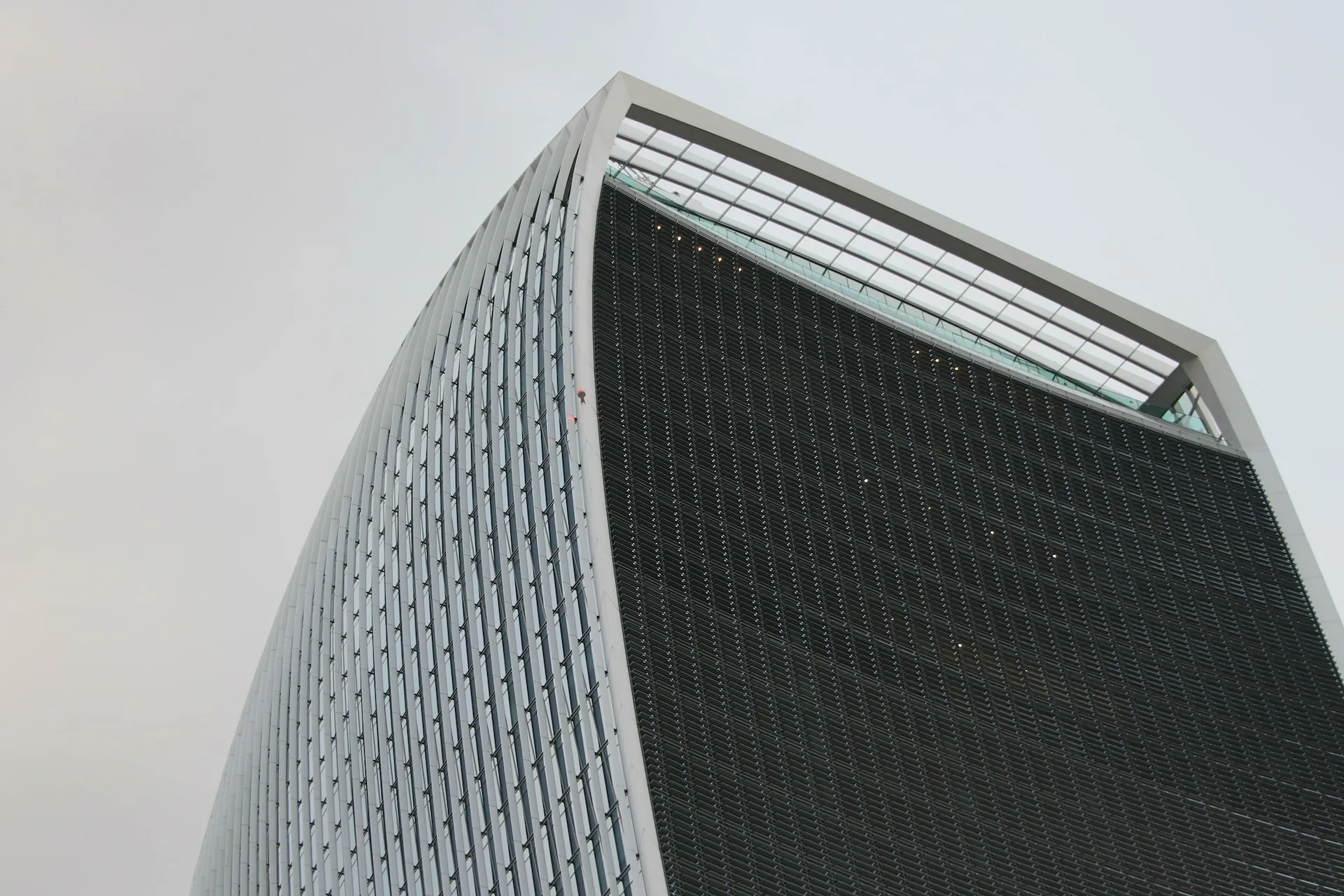The term 'designer' generally refers to someone who works professionally in one of the various design areas
A design is a plan or specification for the construction of an object or system or for the implementation of an activity or process or the result of that plan or specification in the form of a prototype, product, or process

People who produce designs are called designers. The term 'designer' generally refers to someone who works professionally in one of the various design areas. The word is generally qualified by the area involved (so one can speak of a fashion designer, a product designer, a web designer, or an interior designer), but can also designate others such as architects and engineers. A designers sequence of activities is called a design process, possibly using design methods. The process of creating a design can be brief (a quick sketch) or lengthy and complicated, involving considerable research, negotiation, reflection, modeling, interactive adjustment, and re-design.
At least two views of design activity are consistent with the action-centric perspective. Both involve three basic activities. In the reflection-in-action paradigm, designers alternate between 'framing', 'making moves', and 'evaluating moves'. 'Framing' refers to conceptualizing the problem, i.e., defining goals and objectives. A 'move' is a tentative design decision. The evaluation process may lead to further moves in the design.
In the sensemaking–coevolution–implementation framework, designers alternate between its three titular activities. Sensemaking includes both framing and evaluating moves. Implementation is the process of constructing the design object. Coevolution is 'the process where the design agent simultaneously refines its mental picture of the design object based on its mental picture of the context, and vice versa'.
The concept of the design cycle is understood as a circular time structure, which may start with the thinking of an idea, then expressing it by the use of visual or verbal means of communication (design tools), the sharing and perceiving of the expressed idea, and finally starting a new cycle with the critical rethinking of the perceived idea. Anderson points out that this concept emphasizes the importance of the means of expression, which at the same time are means of perception of any design ideas. Philosophy of design is the study of definitions of design, and the assumptions, foundations, and implications of design. There are also countless informal or personal philosophies for guiding design as design values and its accompanying aspects within modern design vary, both between different schools of thought[which?] and among practicing designers. Design philosophies are usually for determining design goals. In this sense, design philosophies are fundamental guiding principles that dictate how a designer approaches his/her practice. For example, reflections on material culture and environmental concerns (sustainable design) can guide a design philosophy.
In engineering, design is a component of the process. Many overlapping methods and processes can be seen when comparing product design, industrial design and engineering. The American Heritage Dictionary defines design as: 'To conceive or fashion in the mind; invent,' and 'To formulate a plan', and defines engineering as: 'The application of scientific and mathematical principles to practical ends such as the design, manufacture, and operation of efficient and economical structures, machines, processes, and systems.'. Both are forms of problem-solving with a defined distinction being the application of 'scientific and mathematical principles'. The increasingly scientific focus of engineering in practice, however, has raised the importance of more new 'human-centered' fields of design. How much science is applied in a design is a question of what is considered 'science'. Along with the question of what is considered science, there is social science versus natural science. Scientists at Xerox PARC made the distinction of design versus engineering at 'moving minds' versus 'moving atoms' (probably in contradiction to the origin of term 'engineering – engineer' from Latin 'in genio' in the meaning of a 'genius' what assumes the existence of a 'mind' not of an 'atom').
Design and production are intertwined in many creative professional careers, meaning problem-solving is part of execution and the reverse. As the cost of rearrangement increases, the need for separating design from production increases as well. For example, a high-budget project, such as a skyscraper, requires separating (design) architecture from (production) construction. A Low-budget project, such as a locally printed office party invitation flyer, can be rearranged and printed dozens of times at the low cost of a few sheets of paper, few drops of ink, and less than one hour's pay of a desktop publisher.
Create a comment
Fri, Mar 22, 2024, 13:09
Guest
this is a great blog
0 Reply


